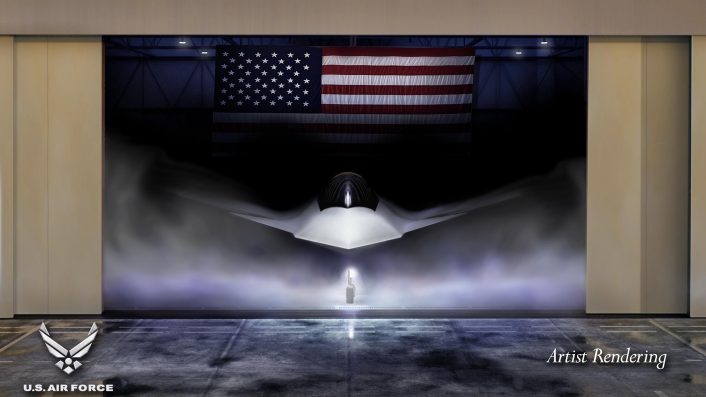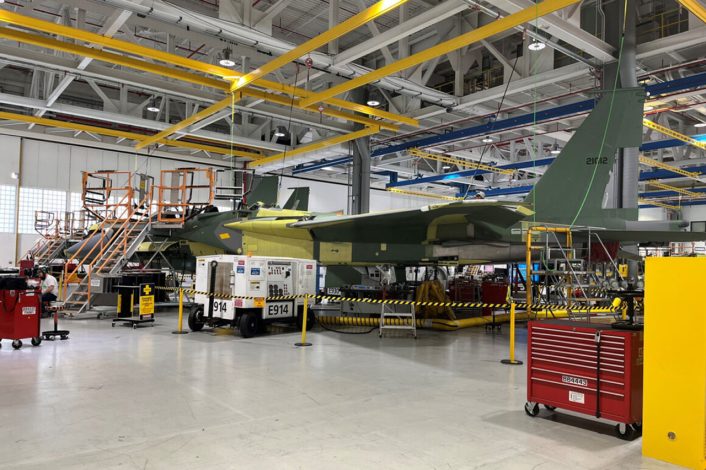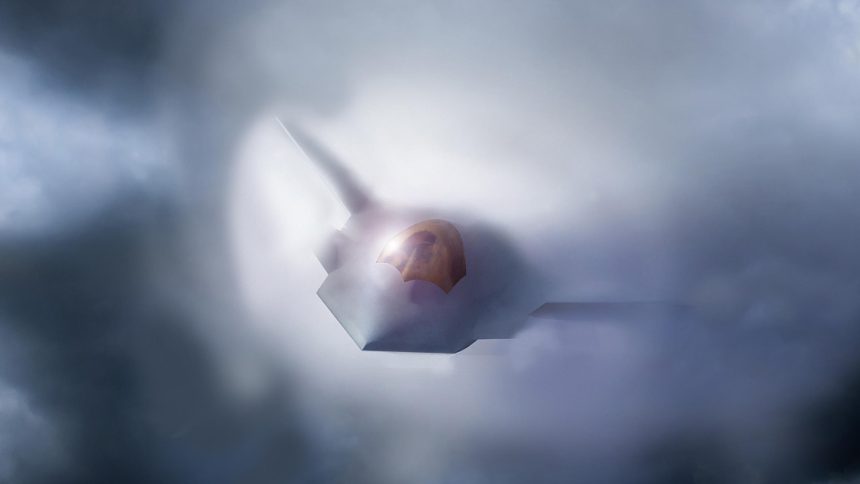U.S. Air Force Chief of Staff General David Allvin announced on Sept. 22, 2025 that Boeing had begun the manufacturing process for the first production F-47, with a goal of seeing it airborne by 2028.
Speaking at the annual Air, Space and Cyber Conference, hosted by the Air & Space Forces Association, Allvin said “In the few short months since we made the announcement, they [Boeing] are already beginning to manufacture the first article.” He further added: “I’ve got to tell you, team, it’s almost 2026. The team is committed to getting the first one flying in 2028.”
This major update on the progress of the U.S. Air Force’s sixth-generation fighter programme will likely be Allvin’s last at the conference, as he recently announced his upcoming retirement from the Air Force. Allvin’s tenure as USAF Chief of Staff has, as he noted, been particularly eventful. Only days into his time in the position, the Northrop Grumman B-21 Raider took to the skies for the very first time. He then oversaw the progression of the USAF’s first two collaborative combat aircraft (CCA) platforms, the initial unveiling of the F-47 itself, and most recently the massive Operation Midnight Hammer, which saw B-2 Spirits and over a hundred support aircraft stage an attack on Iranian nuclear facilities.
For the past 5 years, X-planes for this aircraft have been quietly laying the foundation for the F-47. Flying hundreds of hours, testing cutting-edge concepts, & proving that we can push the envelope of technology with confidence”~ David Allvin USAF Chief of Staff #F47 #NGAD pic.twitter.com/g0FSjnhI7I
— AirPower 2.0 (MIL_STD) (@AirPowerNEW1) March 22, 2025
While we have known for some years that Next Generation Air Dominance (NGAD) fighter prototypes have been extensively flight tested, the aircraft now in production will be much more representative of the final F-47 design. Further flight testing will likely be carried out with this aircraft, and the next few in the production line, although with a current planned order of 185 aircraft it seems apparent that they will eventually join the operational fleet. As budgets allow, the Air Force is expected to push for increased orders, though unlike with the F-22 – which has been plagued by the decision to cut production short – the F-47 is designed from the outset to be augmented by large numbers of lower cost CCAs.
In May, Allvin teased some of the projected capabilities of the F-47 in comparison to current platforms like the F-15, F-16, F-22, and F-35. A graphic released via his official social media accounts said the F-47 will fly beyond Mach 2 and offer a combat radius of 1000 nautical miles or more. Its stealth capabilities are expected to surpass those of the F-22. An in service date between 2025 and 2029 is supported by the aim to get the first prototype in the air by 2028.
Our @usairforce will continue to be the world’s best example of speed, agility, and lethality. Modernization means fielding a collection of assets that provide unique dilemmas for adversaries—matching capabilities to threats—while keeping us on the right side of the cost curve. pic.twitter.com/vqjxCdBYid
— General David Allvin (@OfficialCSAF) May 13, 2025
We still know very little about the exact form that the F-47 will take, with some commentary suggesting that even the renderings that we do have are not completely accurate to the actual design. Based on the statistics released above, like the 1000nmi+ range, we can expect the F-47 to be a fairly large airframe. This would accommodate the necessary fuel load – which the USAF would count on in any Pacific theater conflict – as well as a sizeable internal weapons bay able to fit new, longer range weapon designs.

Current air to air missile designs, like the AIM-260 Joint Advanced Tactical Missile (JATM) have been constrained by the requirement to fit inside existing internal bays on the F-22 and F-35. The U.S. Navy, meanwhile, has been able to adapt the larger SM-6 missile into the AIM-174B Gunslinger for external carry on its F/A-18E/F Super Hornets, allowing a much-extended maximum range that is sure to exceed the AIM-260.
Boeing is building the F-47 fleet at its St Louis plant in Missouri, which also supports the F-15 and F/A-18 programmes. Industrial action has affected some ongoing operations at the St Louis facility, though Boeing maintains that it has planned adequately for these contingencies and that work can continue with non-union affiliated employees when required.

Boeing’s advanced projects division, Phantom Works, houses some of its production facilities at the St Louis site, including its Advanced Coatings Centre and Advanced Assembly Facility, both of which will almost certainly be heavily involved in the F-47’s production. Colin Miller, Vice President and General Manager of Boeing Phantom Works, told Axios earlier this month that the F-47 was “born in Phantom Works”, also remarking that “I think you’ll be surprised by how fast you see it flying.”
New facilities at the St Louis plant are due to open in 2026 to further support F-47 production.









